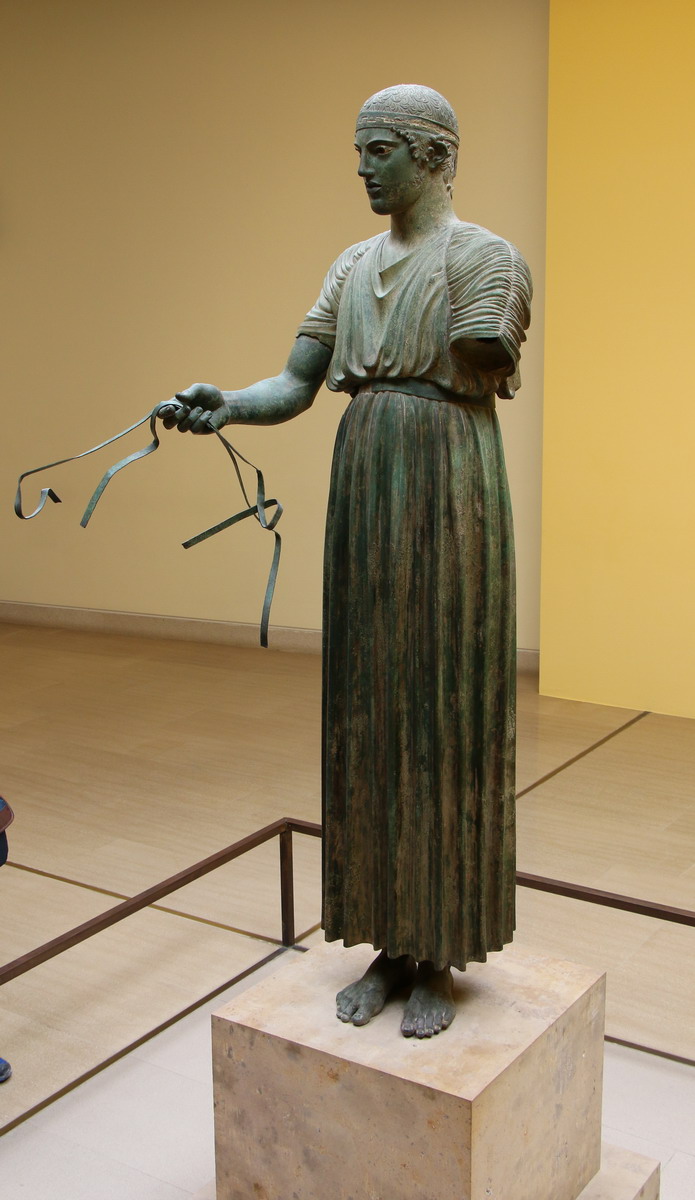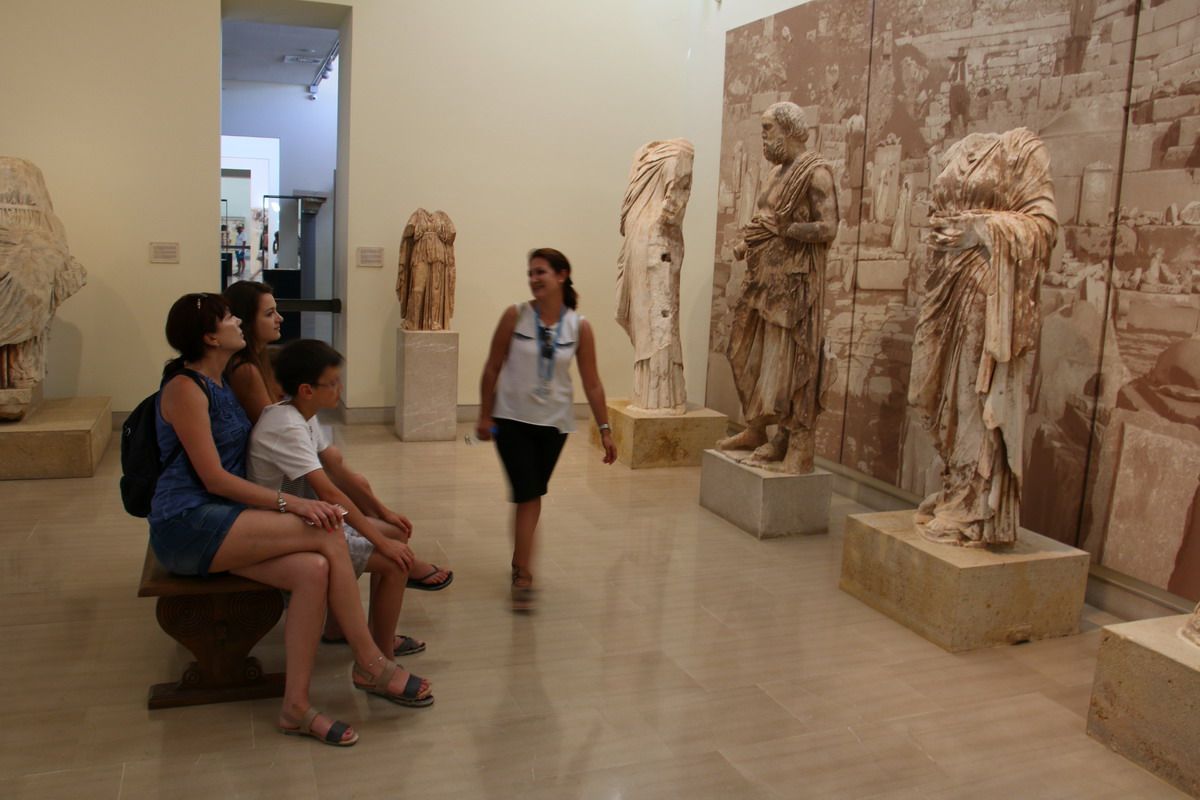Delphi is considered to be the most famous ancient oracle of the world. It is located at the foot of Mount Parnassos in mainland Greece. According to the myth, Zeus released two eagles from the ends of the universe in order to find the center of Earth. The two eagles met here, which is why the site is identified with the navel of the Earth.
During the Mycenaean times, the goddess Earth was worshiped in the small settlement of Delphi. The development of the sanctuary and the ancient oracle began in the 8th century BC with the complete predominance of the cult of Apollo. During the 6th century BC, the sanctuary of Delphi established its autonomy, expanded geographically, increased its religious and political influence, and was adorned with splendid buildings, statues and other votive offerings.
The sanctuary began to decline with the predominance of the new religion and closed permanently at the end of the 4th century AD, by decree of Emperor Theodosius I. The archeological site of Delphi was revealed with the systematic excavations of the French Archaeological School at the end of the 19th century, followed by restorations and restorations. The large art centers of antiquity are
represented by high quality works (inscriptions of all categories, statues, works of small crafts and parts of the decoration of buildings).
Remaining Monuments of the Ancient Oracle
The most important monuments of the archeological site of Delphi, Greece are the following:
The Doric pavilion temple of Apollo (4th century BC). The sanctuary, the seat of the oracle of Delphi was inside the pavilion. It was built on the site of a 6th century BC church, with the same designs.
The Treasure of the Athenians, a Doric style building with rich sculptural
decoration. It was built at the end of the 6th or the beginning of the 5th century BC, to house the votive offerings to Apollo.The altar of Chios. According to the inscription engraved on the crown, it was built at the expense of Chios in the 5th century BC.
The gallery of Athenians, of Ionic style. According to the inscription on the
façade of the pillar, it was erected by the Athenians after 478 BC, to house trophies of their naval battles.The theater, in which mainly dramatic and lyrical struggles took place during the great feasts of the sanctuary. It was built in the 4th century BC and took its current form at the beginning of the Roman Imperial Times.
The stadium built in the 5th century BC for the holding of Pythia. A great pan-Hellenic celebration in honor of Pythian Apollo (held every four years and included musical, nudist and equestrian competitions). It was renovated by Herod the Atticus in the 2nd century AD.
The high school, a building complex in which the young people of Delphi
trained.Castalia spring (according to one version, it was named so by the Nymph
Castalia). It is located under the steep Phaedriades stones (Yambia and Nafplia), where Thermia Artemis was worshiped. Two monumental fountains, the archaic and the rock-carved Roman one, with niches for votive offerings in Nymph Castalia, survive from the sacred source.Tholos, perhaps the most characteristic monument of Delphi. It is an impressive circular building (built around 380 BC), which dominates the area of the sanctuary of Athena Pronaia.
Delphi has been declared by UNESCO as a World Heritage Site.

